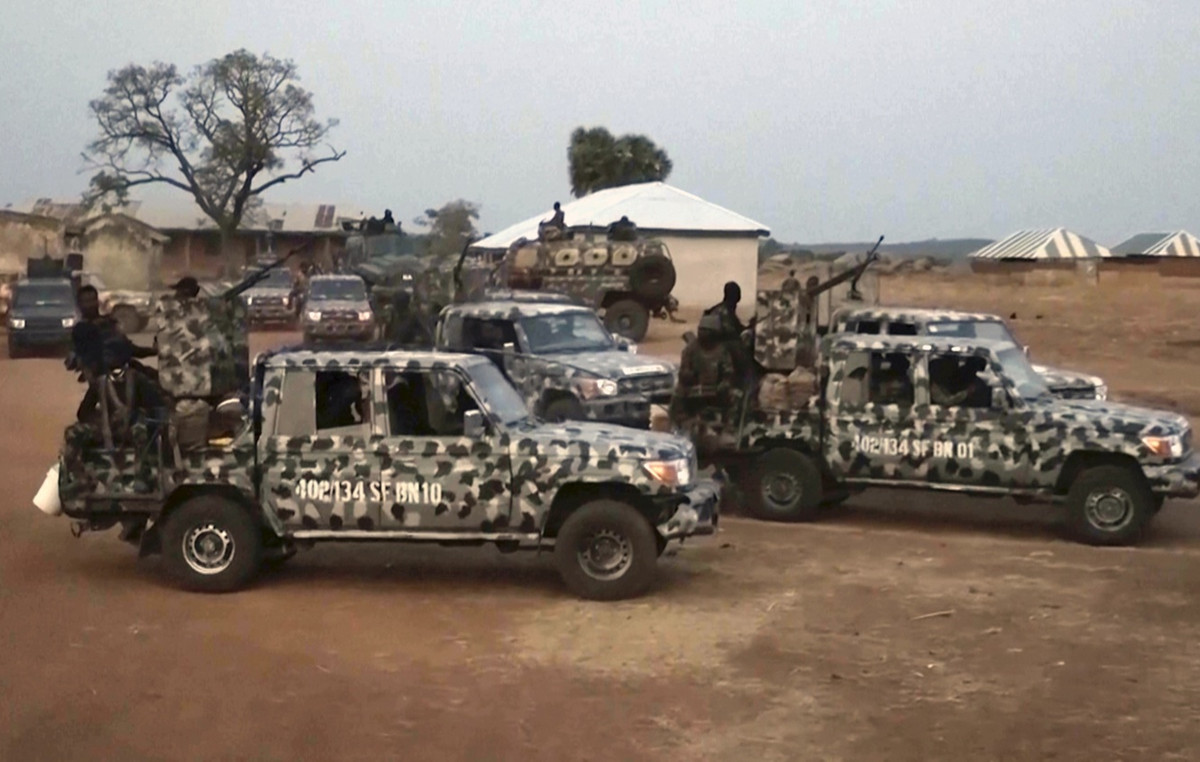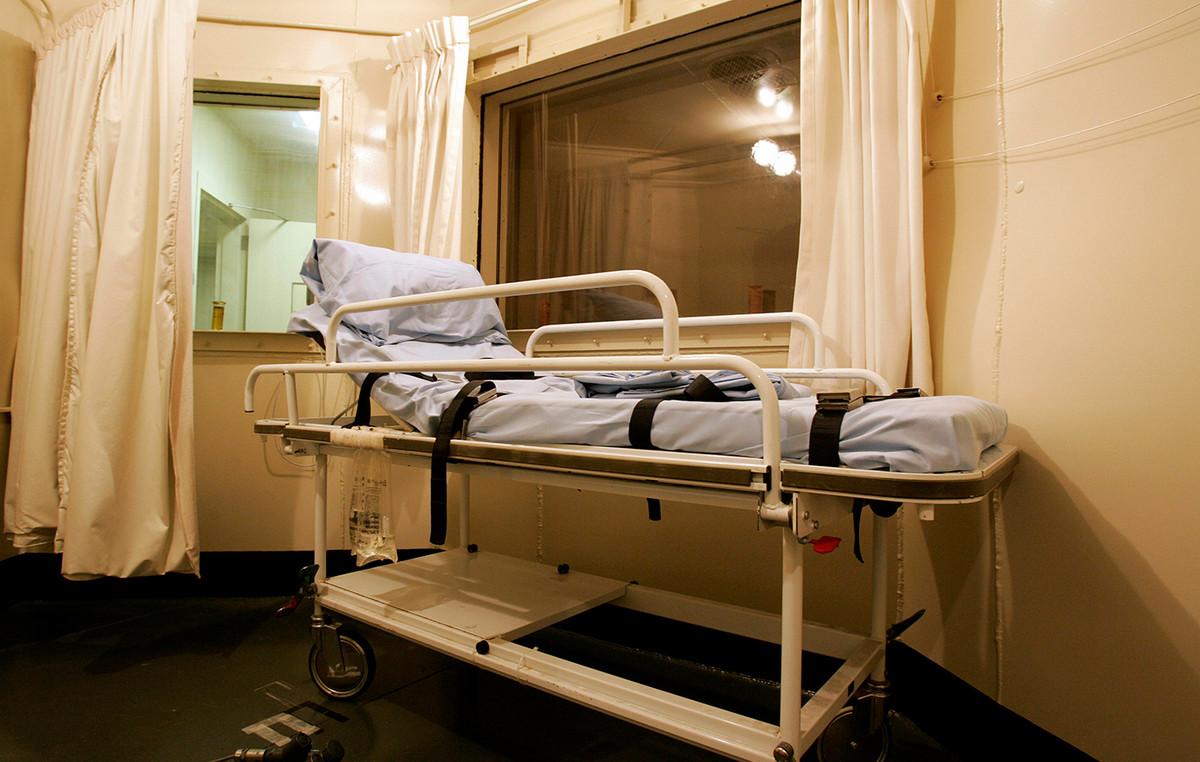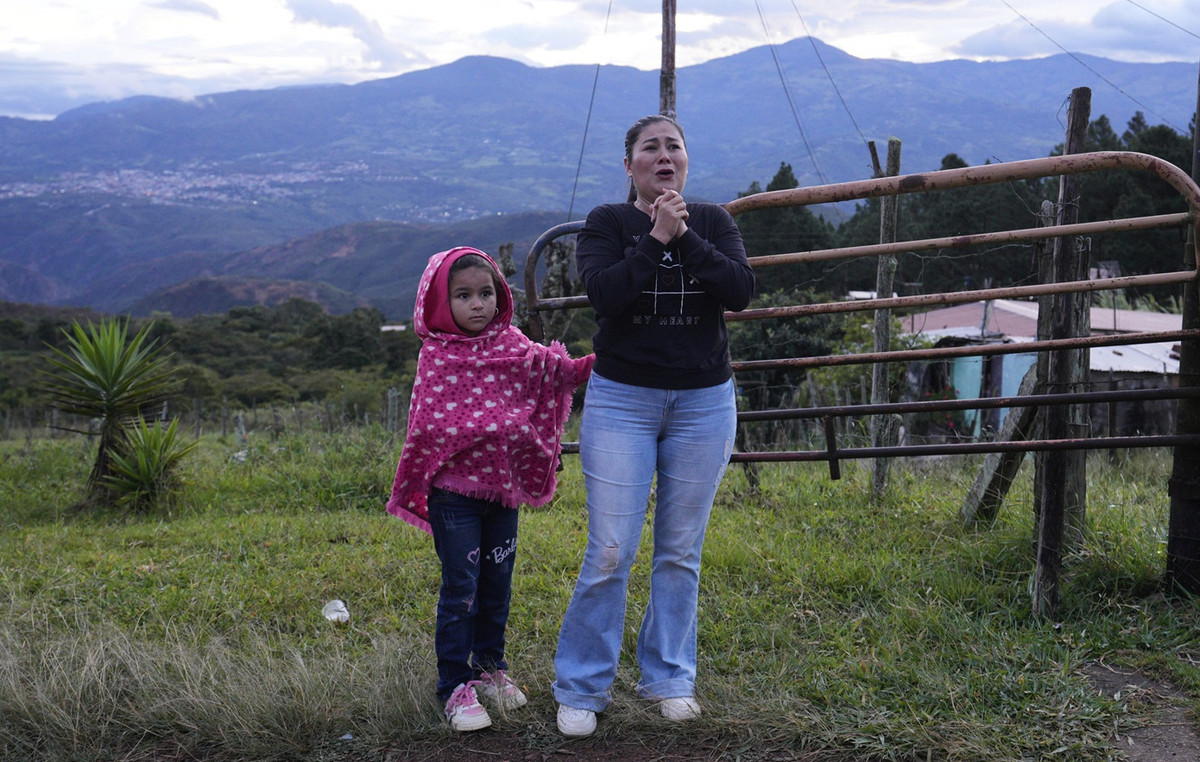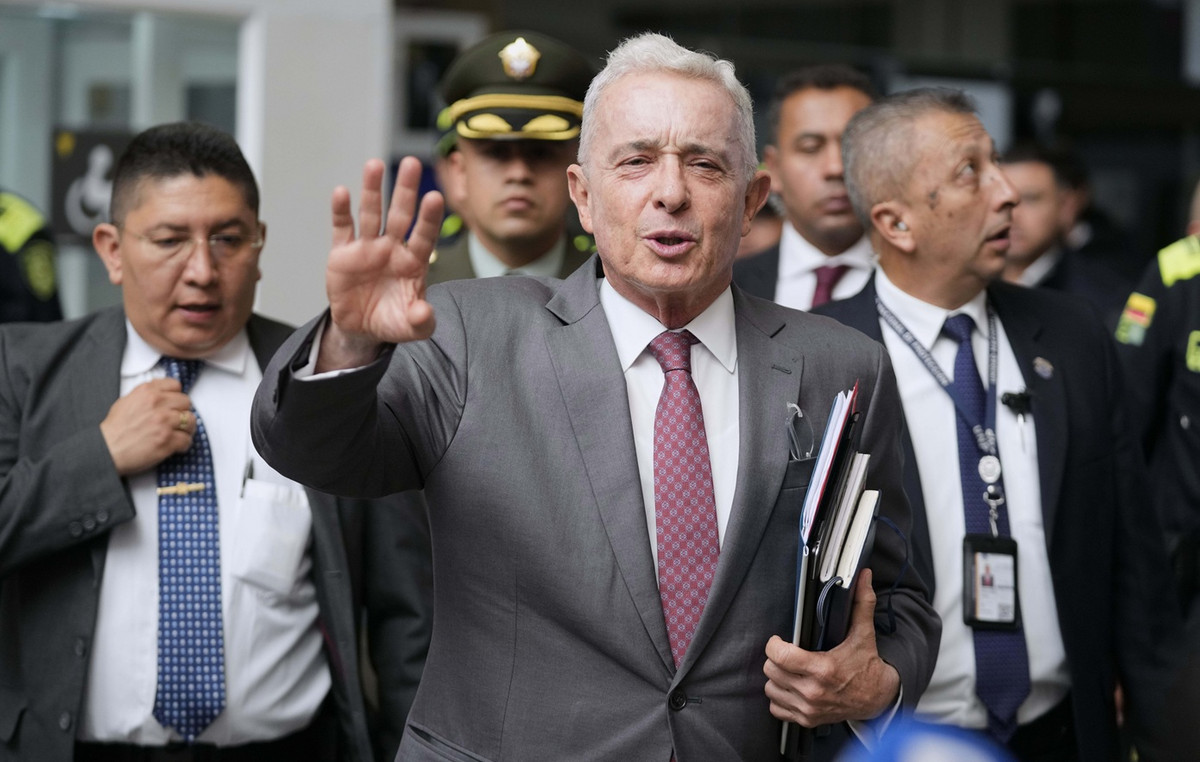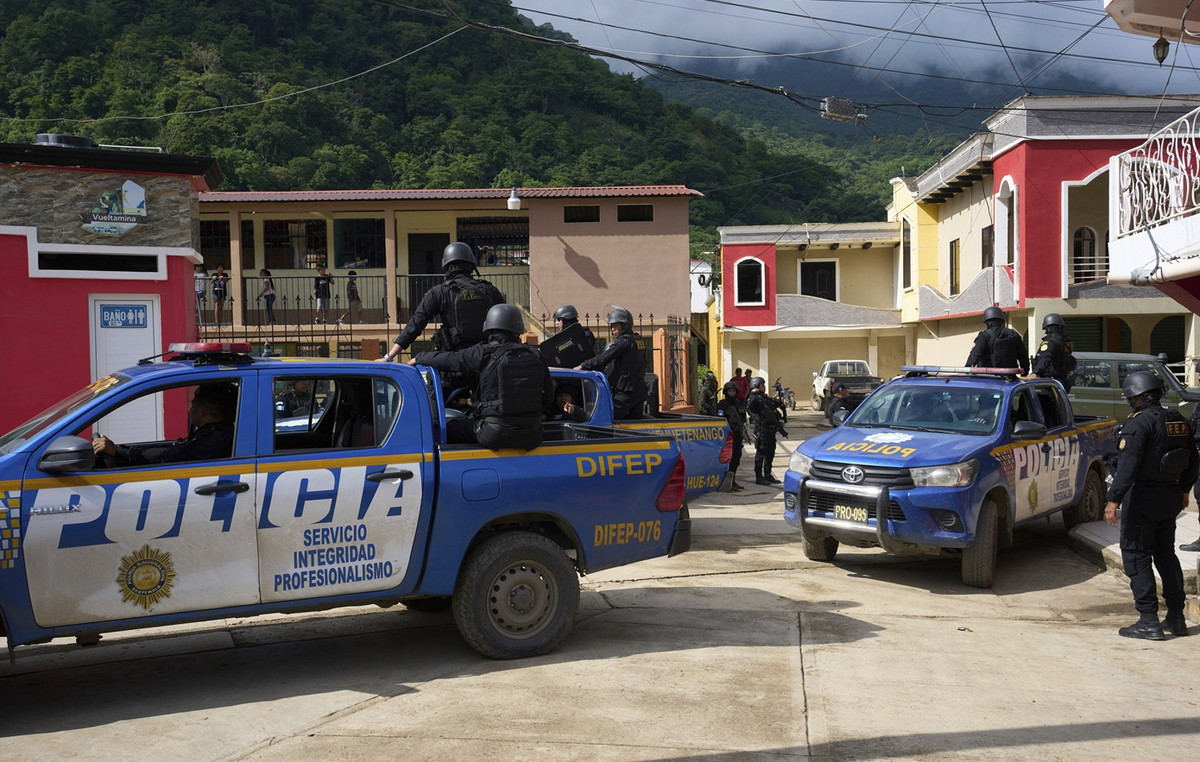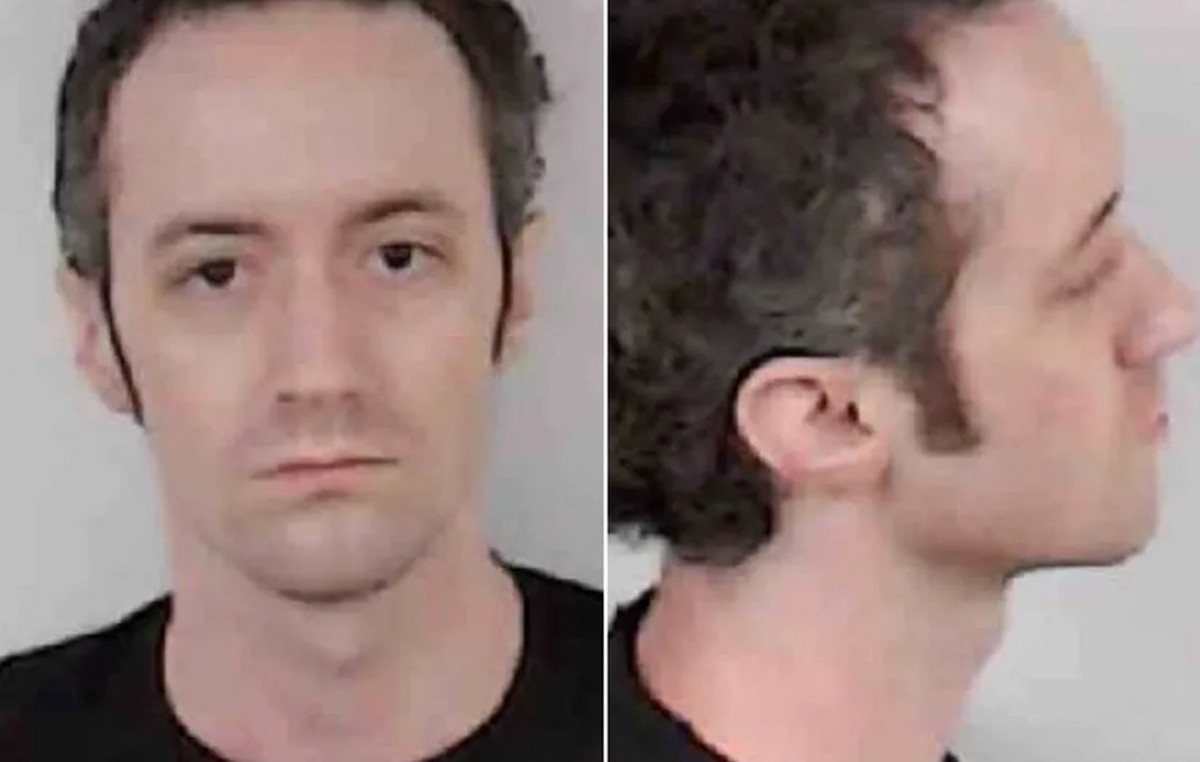Russia is accusing Ukraine of planning to use the so-called “dirty bomb”, a claim rejected by Kiev and its Western allies as a false flag operation that Moscow could use as a pretext to escalate war against its neighbour.
A “dirty bomb” is a weapon that combines conventional explosives like dynamite and radioactive material like uranium. It is often referred to as a weapon for terrorists, not countries, as it is designed to spread fear and panic rather than eliminate any military target.
Ukrainian officials have repeatedly denied Moscow’s accusations and Kiev’s foreign minister has invited UN inspectors to visit Ukraine and show that they “have nothing to hide”.
Here’s what you need to know about the Russian and so-called “dirty bomb” accusations:
What does Russia claim?
Without providing any evidence, Moscow claims that there are scientific institutions in Ukraine that house the technology needed to create a “dirty bomb” – and accuses Kiev of planning to use it.
The Russian Defense Ministry said in a briefing on 24 October that it contains information showing Kiev is planning a provocation related to the detonation of a “dirty bomb”.
“The purpose of this provocation is to accuse Russia of using weapons of mass destruction in the Ukrainian theater of operations and thus launch a powerful campaign against Russia in the world aimed at undermining confidence in Moscow,” said Igor Kirillov, head of the Forces. of Chemical, Biological and Radioactive Protection.
Russian Defense Minister Sergei Shoigu made the allegation in a call with US Defense Secretary Lloyd Austin on Oct. 23, according to a US official familiar with the conversation. Shoigu also made similar comments to his French and British counterparts.
Russia plans to take its charges against Ukraine to the UN Security Council on October 25, according to Reuters.
How did the world react?
Russia’s claims were strongly refuted by Ukraine, the United States, the United Kingdom, the European Union and NATO, which in turn accused Moscow of trying to launch its own false flag operation.
“Everyone understands well, understands who is the source of everything dirty that can be imagined in this war,” Ukrainian President Volodymyr Zelensky said in his evening speech on October 23.

The White House said Oct. 24 that it is “monitoring as best it can” any potential preparations for the use of a “dirty bomb” in Ukraine, but sees nothing to indicate the imminent use of such a weapon.
The UN nuclear watchdog said on October 24 that it would send inspectors to visit two nuclear facilities in Ukraine after receiving a request to do so from authorities in Kiev.
The International Atomic Energy Agency (IAEA) said it was “aware of statements made by the Russian Federation on Sunday about alleged activities at two nuclear sites in Ukraine,” according to a press release on the agency’s website. The IAEA did not give the location of the two places.
In a Twitter post on October 24, Ukrainian Foreign Minister Dmytro Kuleba said: “Unlike Russia, Ukraine has always been and remains transparent. We have nothing to hide.”
After all, what is a “dirty bomb”? Is it a nuclear weapon?
Not.
The explosion of a “dirty bomb” is generated by conventional explosives. The explosion of a nuclear weapon is generated by a nuclear reaction, like the atomic bombs the US dropped on Japan in World War II.
“A nuclear bomb creates an explosion that is thousands to millions of times more powerful than any conventional explosive that can be used in a dirty bomb,” according to a US Department of Homeland Security fact sheet.
The explosion of a nuclear weapon can wipe out entire cities. For example, the atomic bomb dropped on Nagasaki in 1945 destroyed 6.2 square kilometers of the city, according to the International Campaign to Abolish Nuclear Weapons. Conventional explosives in a “dirty bomb” can only flatten or damage some buildings.
Meanwhile, the mushroom cloud from a nuclear explosion can cover tens to hundreds of square kilometers, scattering fine particles of nuclear material — radioactive fallout — over that area, says the US Department of Homeland Security.
Most of the radioactive material from a “dirty bomb” would be spread over a few city blocks or a few square kilometers, according to the Department.

Have any “dirty bombs” ever been used?
Not.
In 1995, Chechen rebels planted but failed to detonate one in a Moscow park, according to the Council on Foreign Relations.
There were reports that terrorist organizations such as Al Qaeda or the Islamic State built or attempted to build a “dirty bomb”, but none were detonated.
Is the nuclear material in a “dirty bomb” deadly?
The US Department of Homeland Security says it would be unlikely that a dirty bomb could deliver high enough doses of radiation “to cause immediate health effects or fatalities in large numbers of people”.
The Texas Department of Health Services explains the reasons.
To make a “dirty bomb” capable of delivering deadly doses of radiation, large amounts of lead or steel shielding would be required to prevent the material from killing its makers during construction, the document says.
But using such protective material would make the bomb bulky and difficult to move or deploy, likely requiring heavy equipment and remote-handling tools, and limit how far the radiation could spread, according to the Texas state agency.
What about radiation exposure?
The radiation generated by a “dirty bomb” would cause exposure levels similar to the amount received during dental X-rays, according to Texas Health Services.
“It’s like breaking a stone. If someone were to throw a large rock at you, it would likely injure you and could cause physical harm,” the department explains. “If they take the same rock and break it into grains of sand and then throw the sand at you, the chances of doing any real damage are significantly lower.”
The severity of radiation sickness is affected by exposure over time, according to the US Department of Homeland Security. Preventive measures can be as simple as leaving the site.
“Getting away even a short distance from the place [da explosão] can provide significant protection as the dose rate drops dramatically with distance from the source,” says the Department.
People should also cover their noses and mouths to avoid ingesting radiation, go indoors to escape any dust clouds, discard their clothes in a plastic bag, and then gently wash their skin to remove contaminants, says the Department of Homeland Security. American.
*With information from Olga Voitovych, Mitchell McCluskey, Niamh Kennedy, Xiaofei Xu, Katharina Krebs, Anna Chernova and Mariya Knight of CNN
Source: CNN Brasil
I’m James Harper, a highly experienced and accomplished news writer for World Stock Market. I have been writing in the Politics section of the website for over five years, providing readers with up-to-date and insightful information about current events in politics. My work is widely read and respected by many industry professionals as well as laymen.

